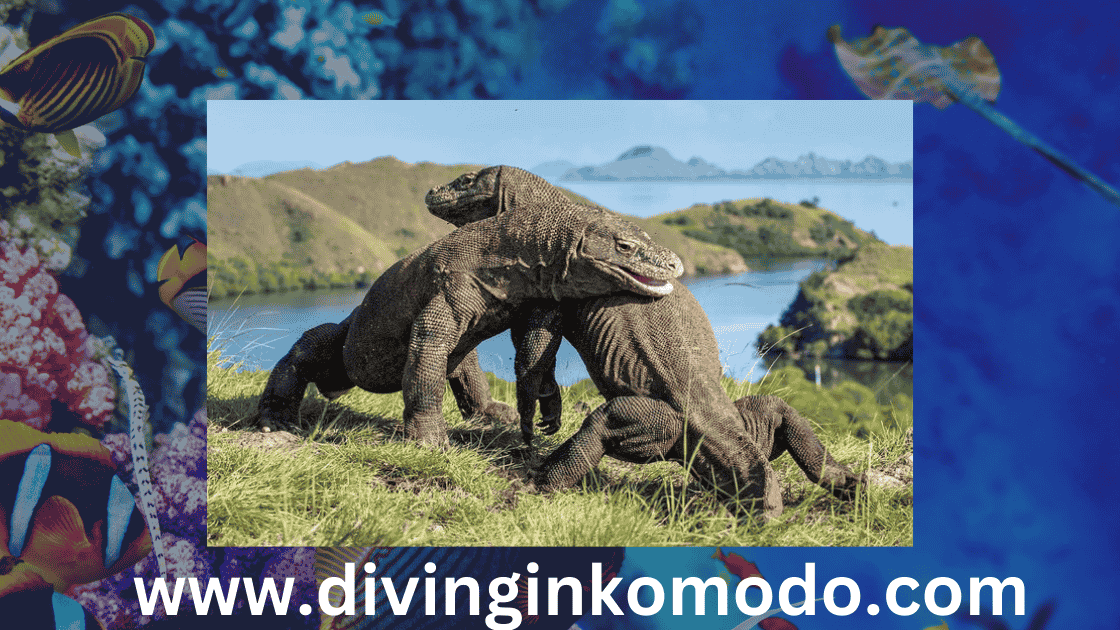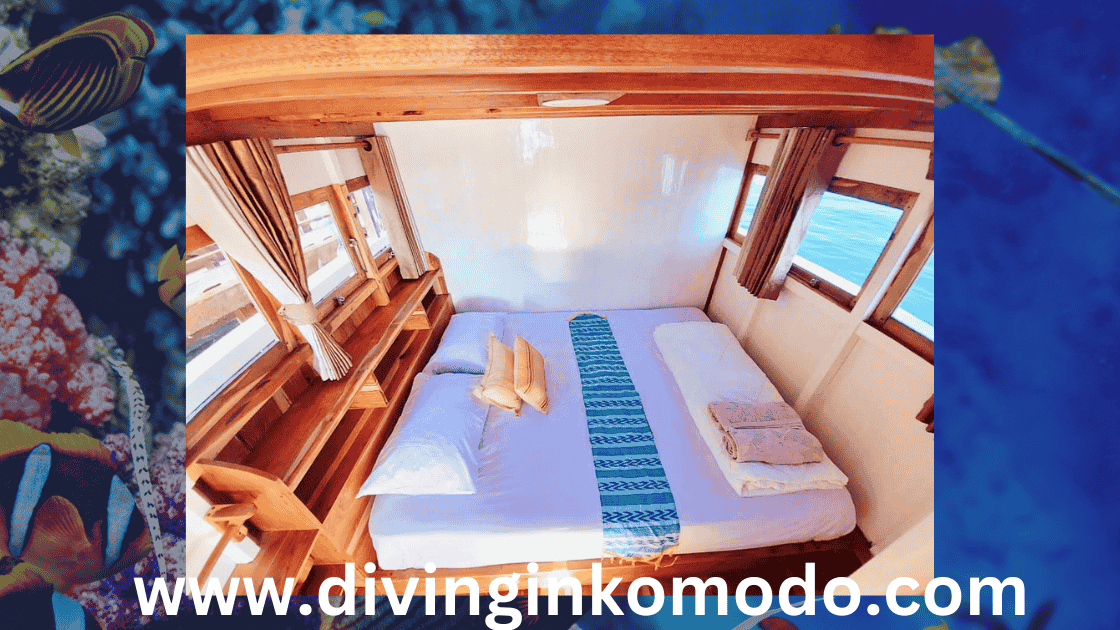Seaside Hotels or Liveaboards – Choosing the Perfect Stay for a Komodo HolidaySeaside Hotels or Liveaboard – Komodo National Park, with its dramatic landscapes, crystal-clear waters, and abundant marine life, offers an unparalleled holiday experience. For escapade seekers planning a visit, the decision between staying at a seaside hotel or opting for a liveaboard adventure is a pivotal one. Each option offers unique opportunities and experiences, but they also come with tradeoffs. This article explores the critical factors influencing these choices, delves into the challenges associated with different approaches, and highlights the importance of considering personal preferences and environmental impacts when making the decision.

The Appeal of Seaside Hotels
Seaside hotels provide comfort and convenience while offering a tranquil retreat after a day of exploring Komodo’s wonders. These accommodations often boast stunning coastal views, luxurious amenities, and access to nearby attractions.
Key Factors to Consider for Seaside Hotels:
- Location and Accessibility:
Seaside hotels in areas such as Labuan Bajo serve as a gateway to Komodo National Park. Their proximity to the park makes it easy to join day trips and excursions. - Comfort and Amenities:
Hotels typically offer a range of amenities, including pools, spas, restaurants, and spacious rooms, catering to travelers seeking relaxation alongside adventure. - Cultural Experience:
Staying on land allows for cultural immersion in the local communities, enabling visitors to explore markets, taste local cuisine, and interact with the warm and welcoming people of Flores Island. - Cost:
The price range for seaside hotels varies, offering options for budget travelers as well as those seeking high-end luxury.
However, while seaside hotels provide an excellent base for exploration, they have limitations. The time spent commuting to diving or snorkeling spots may reduce the time available for underwater adventures.
The Liveaboard Experience
Liveaboards, on the other hand, are floating accommodations that double as diving and snorkeling platforms. They offer a full immersion into the marine ecosystem of Komodo, appealing to adventurers eager to maximize their time exploring the ocean.

Key Factors to Consider for Liveaboards:
- Proximity to Marine Wonders:
Liveaboards anchor directly in the heart of Komodo National Park, offering immediate access to renowned dive sites such as Batu Bolong, Manta Point, and Castle Rock. - Time Efficiency:
By eliminating the need to commute from land, liveaboards allow travelers to spend more time in the water and less time traveling. - All-Inclusive Packages:
Most liveaboards offer inclusive packages covering meals, equipment rental, and guided activities. This simplicity appeals to those looking for a seamless experience. - Community and Camaraderie:
Sharing the adventure with a small group of like-minded travelers fosters camaraderie and creates a sense of community that is unique to liveaboard trips.
While liveaboards deliver an exceptional adventure, they are not without challenges. The limited space and motion of the boat may not suit everyone, particularly those who prefer the stability and privacy of a hotel.
Tradeoffs: Balancing Comfort and Adventure
When choosing between seaside hotels and liveaboards, travelers must weigh the tradeoffs between comfort, convenience, and adventure.
- Comfort vs. Immersion:
Seaside hotels prioritize comfort, offering spacious accommodations and modern amenities. Liveaboards, on the other hand, emphasize immersion in nature at the expense of certain luxuries. Those who prioritize relaxation may lean toward hotels, while thrill-seekers might favor liveaboards. - Schedule Flexibility vs. Structured Itineraries:
Staying at a hotel allows for flexibility in scheduling activities, whereas liveaboards operate on set itineraries. While structure ensures efficiency, some may find it restrictive. - Environmental Considerations:
Liveaboards minimize the need for daily commutes, potentially reducing fuel consumption compared to hotel-based excursions. However, the environmental footprint of liveaboards, including waste management and marine impact, should also be considered. - Cost and Accessibility:
Hotels generally offer more budget-friendly options, while liveaboards are often priced higher due to the comprehensive nature of their offerings. For families or budget-conscious travelers, hotels may be more appealing.
Challenges and Considerations
Both seaside hotels and liveaboards come with challenges that travelers should be prepared to navigate.
- Sustainability Concerns:
Tourism in Komodo faces growing scrutiny over its environmental impact. Overcrowding, coral damage, and pollution are pressing issues. Travelers should seek eco-friendly operators and accommodations to support sustainable tourism practices. - Health and Safety:
Liveaboards require good physical health and a level of comfort with extended periods on the water. Meanwhile, staying on land may expose travelers to different challenges, such as less consistent access to medical facilities during remote excursions. - Weather and Sea Conditions:
Both options are subject to weather and sea conditions. Rough seas can impact the comfort of liveaboards, while poor weather might limit day trips from hotels.
Seaside Hotels or Liveaboard – Planning Your Komodo Holiday
When planning a holiday to Komodo, the decision between a seaside hotel and a liveaboard should align with your priorities and preferences. Here are some tips to guide your decision:
- Define Your Goals:
Are you seeking a relaxed getaway with occasional dives, or is an immersive marine adventure your main goal? Understanding your priorities can help narrow down your options. - Research Operators and Accommodations:
Look for reputable, eco-conscious providers, whether booking a hotel or a liveaboard. Reviews and recommendations from fellow travelers can offer valuable insights. - Consider Seasonality:
The best time to visit Komodo is during the dry season (April to December). However, conditions can vary, so check forecasts and book accordingly. - Budget Wisely:
Factor in the total costs, including excursions, meals, and equipment rentals for hotel stays, or the all-inclusive price of a liveaboard. - Balance Your Itinerary:
Some travelers opt for a combination of both, starting with a hotel stay to explore local culture before transitioning to a liveaboard for marine adventures.
Seaside Hotels or Liveaboard ? Final Thoughts
Komodo National Park is a destination that offers something for everyone, from the tranquil allure of seaside hotels to the immersive thrill of liveaboards. Both options provide access to the park’s incredible biodiversity and stunning landscapes, but they cater to different travel styles.
By carefully considering your preferences, budget, and environmental impact, you can plan a holiday that aligns with your vision of the perfect Komodo adventure. Whether you’re seeking luxury on the coast or the thrill of waking up surrounded by the ocean, Komodo promises memories that will last a lifetime.